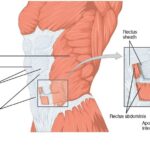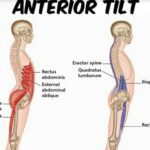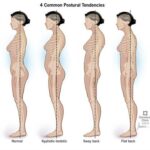Many athletes suffer from cramps on a regular basis. At times, they appear during exercise, at other times, they appear during sleep; most of them affect the calf or the small muscles inside the foot. Muscle cramps are involuntary muscle contractions that can be caused by various factors. Though these very painful occurrences seem irregular and unpredictable, there are solutions to stop them when they occur and to prevent them from appearing.
What is a muscle cramp?
Muscle cramps occur when a muscle involuntarily contracts and cannot relax; this can happen in any muscle of the body. A cramp is characterized by severe pain, muscle tenderness and the inability to move the affected area for duration of the cramp.
What are the causes of muscle cramps?
In active people, cramps can come from tightness, overuse, overtraining, poor flexibility, fatigue, dehydration, low levels of minerals (Potassium in particular) or irritated nerves. The latter can be caused by a tight muscle that compress nerves, by poor posture that also affect nerves, or by hyper-excitability of nerves due to overuse. In less active people, culprits may be irritated nerves (some neuropathies cause cramps) or poor blood flow (deep vein thrombosis, a deep clot in the vein, is a serious condition that may cause cramps).
What should be done at the time a cramp occurs?
When muscle cramps occur, there are several things you can do to help ease them: massaging, icing, warming, bathing with Epsom salt and most commonly, stretching. Most of the time, cramps disappear within seconds or minutes.
E.G.: For a charley horse in the calf try putting your weight on the affected leg and bending your knee slightly. For a cramp in the Hamstrings (back of the thigh), sit or lie down with your leg out straight and pull the top of your foot toward your head. For a cramp in the Quadriceps (front of the thigh), hold onto a chair to steady yourself and pull your foot back toward your buttock.
How to prevent muscle cramps?
Some medication exist, but most of the time a proper training regimen, with measured increases in training, good stretching habits, plenty hydration and a healthy diet (full of Potassium – eat plenty bananas!), should be enough to keep cramps at bay. Treatment of tightness or muscle knots through massage can also prevent the appearance of cramps.
If you experience them frequently or for no apparent reason, you should speak to your doctor. They could signal a medical problem that requires treatment.
References:
- http://www.nlm.nih.gov/medlineplus/musclecramps.html
- http://www.tandfonline.com/doi/abs/10.1080/026404197367281
- http://onlinelibrary.wiley.com/doi/10.1002/mus.20341/full
- http://www.tandfonline.com/doi/abs/10.1080/02640418608732095
- http://ageing.oxfordjournals.org/content/12/2/155.short
- http://jama.jamanetwork.com/article.aspx?articleid=372582
- http://adisonline.com/sportsmedicine/Abstract/1996/21060/Exercise_Induced_Muscle_Cramp__Proposed_Mechanisms.3.aspx
This article and/or video are for educational purposes only; do not attempt without your physician’s clearance. If you are in pain or injured, see your physician.
Copyright © Vidal Sports LLC 2018






